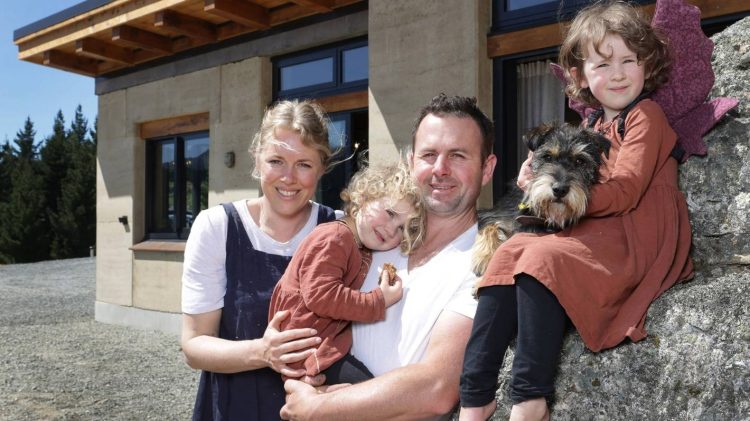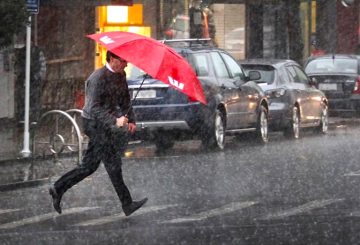이번 주 Grand Designs NZ에서는 캔터베리의 외딴 고지대에서 독립된 삶을 살기로 선택한 젊은 부부 리 (Li) 와 미셸 테인 (Michelle Tane) 의 여정을 따라갑니다.지난 7년 동안 그들은 텐트, 진흙 오두막, 목재 오두막 두 채에서 살았으며, 이 기간 동안 아이를 낳기도 했습니다.지금은 50헥타르 부지에 집을 짓고 있는데, 2011년에 145,000달러에 구입했습니다.
Li와 Michelle은 이 어려운 환경에서 살아가는 데 도움이 되는 실용적인 기술을 많이 가지고 있습니다.Li는 중국의 언덕 농장에서 일한 경험이 있는 수목 재배자이고, Michelle은 원예학자입니다.그들은 지난 몇 년간 제분한 목재를 이용해 흙으로 만든 집을 짓고 있습니다.이 집은 100m²가 조금 넘는 작은 규모로 지어질 예정이며, 연간 30만 달러에서 40만 달러에 완공하는 것을 목표로 하고 있습니다.
부부는 새 집을 짓는 동안 차로 한 시간 거리에 있는 제랄딘에 있는 소유의 집으로 임시로 이사했습니다.그들은 자연과 조화를 이루며 여전히 소박하게 살고 있으며, 앞으로 닥쳐올 어려움에도 동요하지 않는 모습을 보입니다.심지어 건축 도구에 동력을 공급하기 위해 태양광 발전 시스템도 늘렸습니다.
흙으로 만든 집의 원료는 300km 떨어진 카드로나 계곡에서 가져온 것입니다.또한 부부는 건축에 필요한 자재를 구하기 위해 강 여울이 포함된 험난한 진입로를 거쳐야 했습니다.이러한 어려움에도 불구하고 그들은 여전히 낙관적이고 결단력이 있습니다.
완공된 주택은 단순하고 견고하여 열악한 환경에 적합합니다.이곳에는 천연 소재, 호두나무 주방, 책과 식물을 담을 수 있도록 흙으로 만든 벽감이 특징입니다.부부는 또한 커다란 바위를 좋아하기 때문에 거실 밖에 큰 바위를 놓아 계곡 전망을 대부분 차단하기로 했다.
Li와 Michelle은 초기 예산을 초과하여 건축에 약 58만 달러를 지출했습니다.하지만 그들은 새 집과 독립된 라이프스타일에 매우 만족하는 것 같습니다.그들에게는 인터넷이 없습니다. 인터넷은 필수품이 아니라 사치라고 생각합니다.대신 책을 읽고, 카드 놀이를 하고, 음악을 들으며 시간을 보냅니다.어려움에도 불구하고 그들의 삶은 목가적으로 들립니다.





























































